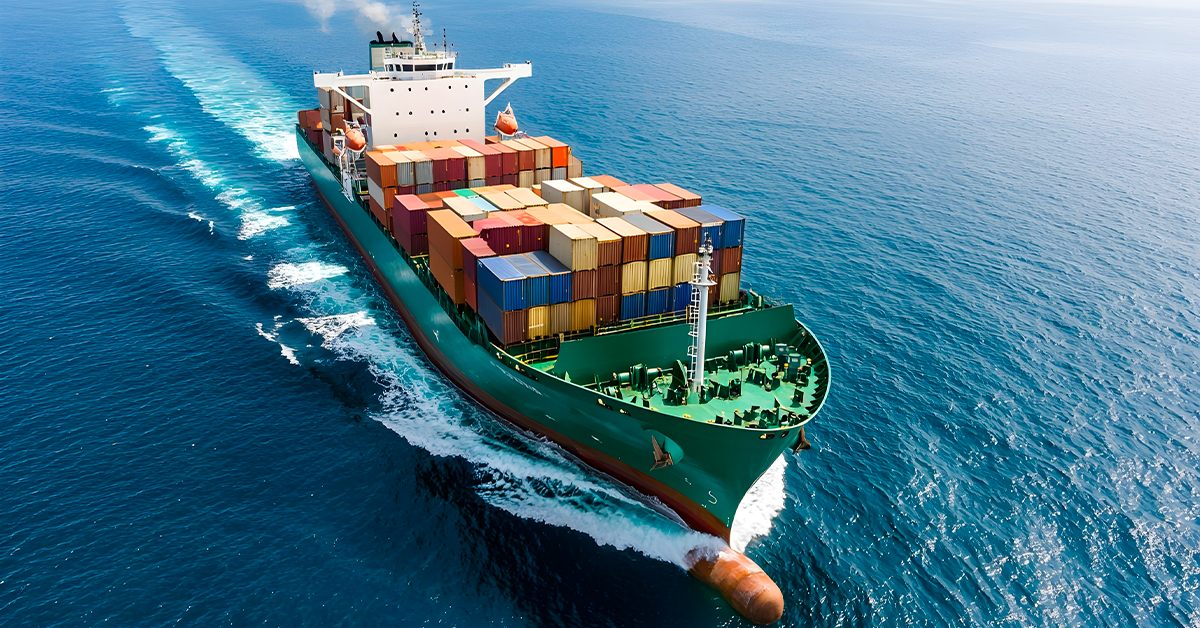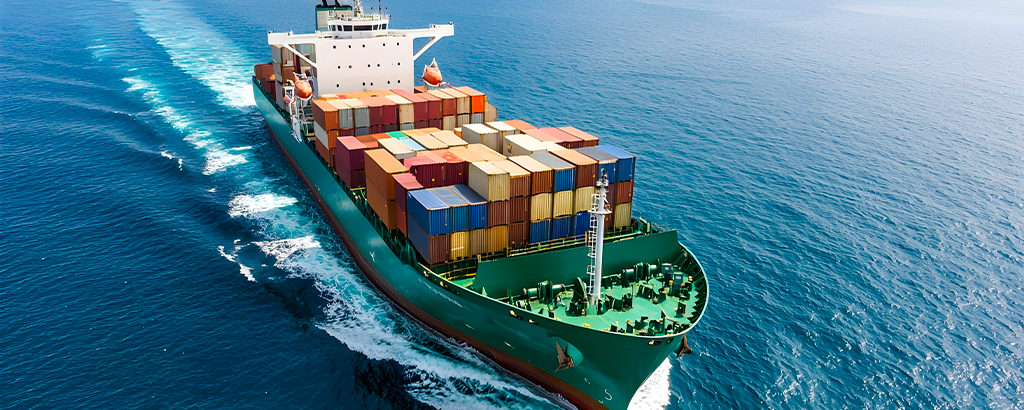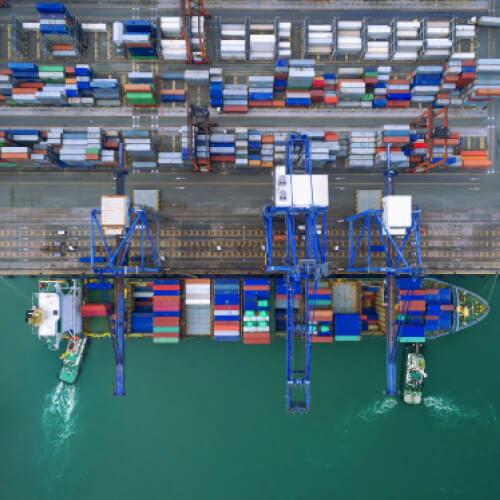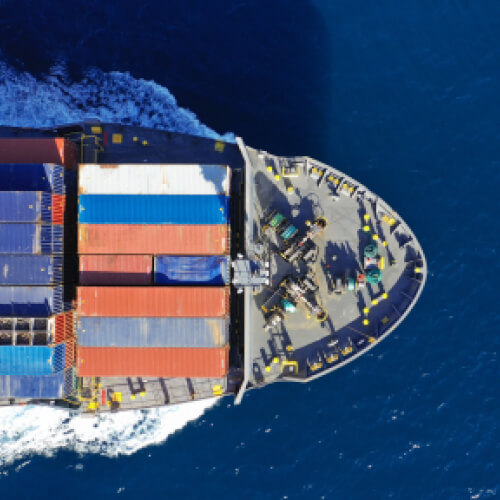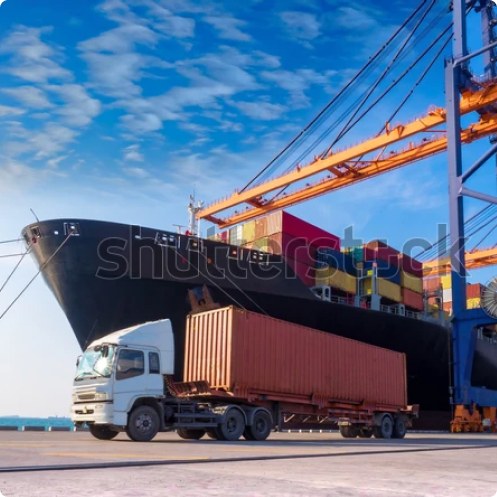When a company imports goods from another country, the cost of the product goes beyond just the purchase price. In addition to that, several additional expenses must be considered, including logistics, duties, taxes, and supply chain management. These combined costs form what is known as the Landed Cost. A proper understanding of this value allows businesses to optimize profit margins, improve financial planning, and enhance supply chain efficiency.
This article, prepared by Savino Del Bene, provides a comprehensive overview of the Landed Cost concept, highlighting its strategic importance and explaining step-by-step how to calculate it correctly.
What is Landed Cost?
Landed Cost represents the total cost incurred to transport a product from its point of origin to its final destination. It is not just the purchase price but a comprehensive sum that includes various expenditures necessary for international trade.
The main cost elements that make up Landed Cost include:
- Product price: the amount paid to the supplier for purchasing the goods;
- Transportation costs: expenses related to shipping by sea, air, or land;
- Customs duties and taxes: import taxes applied by the destination country;
- Cargo insurance: protection against damages, theft, or losses;
- Handling and management costs: warehousing, loading/unloading fees, customs brokerage fees, and operational charges.
Unlike the simple purchase price, Landed Cost provides a realistic view of a product’s actual cost. A company that fails to calculate it properly risks setting unsustainable selling prices, leading to profit erosion or decreased market competitiveness.
Why is Landed Cost important?
Analyzing Landed Cost significantly impacts import/export operations and a company’s competitiveness. Here are the main reasons why accurately calculating it is crucial.
Determining the right selling price
A common mistake among businesses is to base the selling price solely on the product’s purchase cost. However, without considering additional expenses, companies risk setting prices that do not ensure adequate profit margins. Knowing the Landed Cost helps establish competitive and sustainable prices in the long run.
Improving financial planning
Having a clear view of the total cost of a product enables businesses to optimize their budget and allocate resources more efficiently. This allows for more accurate cash flow forecasting for import operations.
Identifying cost-saving opportunities
Analyzing Landed Cost can highlight areas where expenses can be reduced, such as high shipping rates or excessive customs duties. Businesses can negotiate with suppliers, choose more cost-effective shipping methods, or explore alternative logistics solutions to lower overall costs.
Enhancing cost transparency
A detailed Landed Cost calculation provides customers with clearer information about a product’s total costs, eliminating unexpected expenses and improving trust in the brand.

How is Landed Cost calculated?
Calculating Landed Cost is not just about adding different cost items—it requires analysis, strategy, and optimization to ensure that every supply chain stage is managed as efficiently as possible. In addition to determining the actual cost of an imported product, it helps identify areas where expenses can be reduced and profitability improved. Here’s how to calculate Landed Cost correctly.
Identify the product price
The starting point is the purchase cost from the supplier, which may include:
- The unit price agreed with the manufacturer or wholesaler;
- Any volume discounts;
- Additional costs applied by the supplier (e.g., custom packaging or special labeling).
It is also essential to consider that the product price may vary depending on currency fluctuations and payment terms specified in the supply contract.
Calculate transportation expenses
Shipping costs are one of the most significant factors in Landed Cost and can vary based on several elements:
- Shipping method: Air, sea, rail, or road;
- Distance and trade routes: Direct shipping may be faster but often more expensive than shipments with intermediate stops;
- Fuel costs and surcharges: Transport rates fluctuate based on oil prices and fuel surcharges;
- Handling fees: Loading, unloading, port, or airport handling fees.
To optimize transportation costs, companies can negotiate long-term contracts with carriers, choose consolidated shipments, or consider multimodal transport options.
Apply customs duties and import taxes
Each country has specific regulations on customs duties and import taxes. The cost of duties varies based on:
- The Harmonized System (HS Code) classification of the product;
- The country of origin of the goods;
- Trade agreements (e.g., free trade agreements can reduce or eliminate duties);
- The declared value of the goods.
To avoid unexpected costs, it is crucial to correctly classify products using the HS Code system and check the applicable customs tariff in the destination country.
Add cargo insurance costs
Insurance protects against damages, theft, or losses during transport. The cost depends on:
- The type of coverage (e.g., full or limited coverage);
- The insured value of the goods;
- Risks associated with the transport route.
Companies should evaluate whether it is more advantageous to obtain insurance through the supplier, the shipping company, or an independent insurance provider.
Consider handling and management costs
Beyond direct transportation and customs expenses, Landed Cost includes additional operational costs, which may vary depending on a company’s logistics setup. Some examples include:
- Warehousing costs: If goods are stored in a distribution center before final delivery;
- Brokerage fees: If a customs broker is used for clearance;
- Port and airport charges: Additional fees imposed by cargo terminals;
- Final delivery costs: Expenses for the last leg of transportation (e.g., from the port/warehouse to the store).
A business can reduce these costs by selecting warehouses located in special economic zones or using integrated logistics services provided by specialized operators like Savino Del Bene.
Formula for calculating Landed Cost
The following formula is used to calculate Landed Cost:
“Landed Cost = Product Cost + Transportation Costs + Customs Duties & Taxes + Insurance + Handling Costs”
Let’s also take a practical example to clarify how the landed cost is calculated. An Italian company imports 1,000 units of a product from China with the following costs:
- Product Price: €15 per unit
- Transportation Costs: €3,000 total
- Customs Duties: 10% of the product’s value
- Insurance: €1,200
- Handling Costs: €800
Calculation:
- Total Product Cost: 1,000 × €15 = €15,000
- Customs Duties: 10% of €15,000 = €1,500
- Additional Expenses:
- Transportation: €3,000
- Insurance: €1,200
- Handling Costs: €800
Total Landed Cost: €15,000 + €3,000 + €1,500 + €1,200 + €800 = €21,500
Landed Cost per unit: €21,500 ÷ 1,000 = €21.50
Conclusion
Calculating Landed Cost in advance is essential for any company engaged in international trade. Proper management of this cost helps avoid unexpected expenses, improve financial planning, and optimize import costs. To simplify this process and ensure effective logistics management, it is advisable to rely on an experienced partner like Savino Del Bene. With its international shipping services, businesses can benefit from tailor-made solutions, reducing costs and optimizing the supply chain. Interested in learning more? Contact your local Savino Del Bene representative today!

